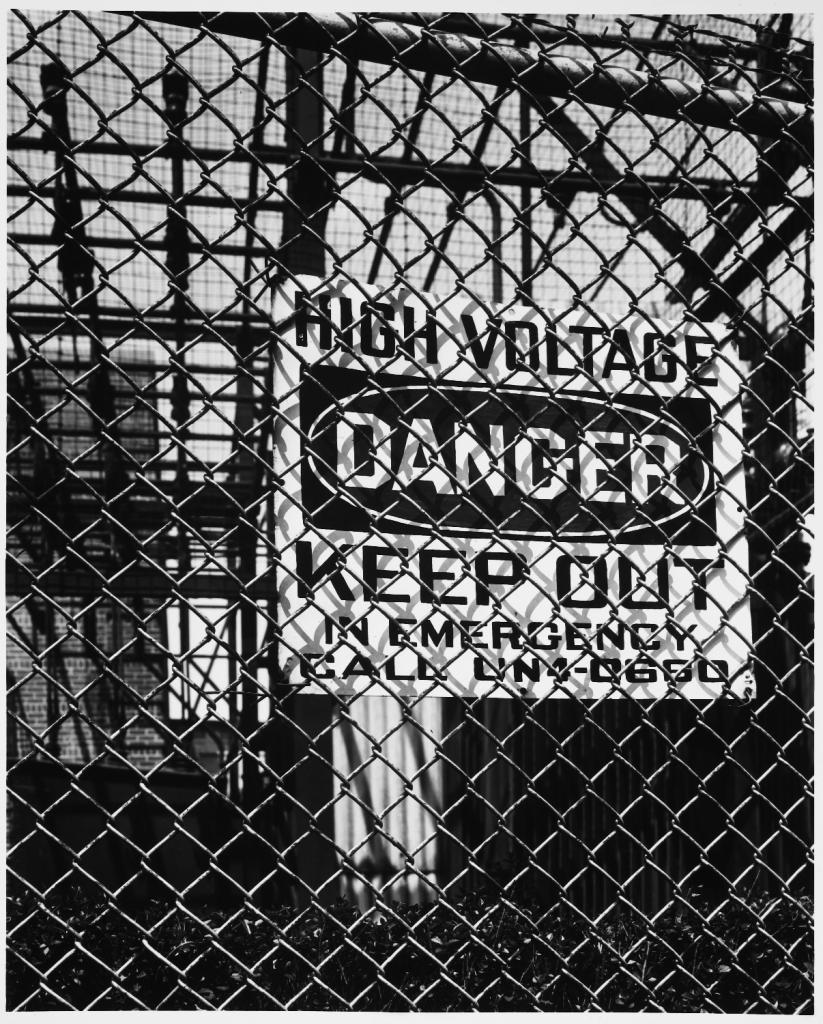3 Signs Safety Software Might Be The Solution For You
Safety software is a relatively new solution to an old problem. Have you ever thought to yourself, there has got to be a better way to stay complaint with safety regulations? Do you ever get frustrated that you have to fill out so many assessments and statements on paper. Do you find yourself missing things in your assessments because you are worried that it’s not in the right format?
These are just some of the frustrations that come with the process of staying compliant with safety regulations. It can have significant effects on your safety culture if you find the process of safety too difficult. If you have ever ran into any of the above, it might be time to consider finding a solution before it becomes too much of a headache that safety goes out the window and all your effort is spent just to be compliant.
In this article we will cover in depth 3 signs that it might be time to consider utilizing safety software before your safety is ignored for compliance.
You’re worried about compliance incase of an incident
Running a business is no easy task. It’s like juggling 10 things at once. When things are going well, it’s a great feeling. But it only takes one slip up or incident to cause everything to come crumbling down. The stress and anxiety of a WHS incident happening in your business is enough to keep anyone up at night. On top of that, if you know you might get slapped with a fine after the incident you’ll always be stressed or worse, you’ll delay reporting an incident. This can lead to huge fines and even jail time. No one wants that.
Safety compliance in the modern day is no simple task. There are a lot of regulations and legislation that you must adhere to in your day to day business. This can become quite a headache and adds to the stress of making sure you have ticked all the boxes. Or worse, leads you to ignoring your requirements and hoping that an incident doesn’t occur. As we have covered in a previous article, incidents happen to even the best of employers who are proactive with safety, its simply the reality of probability. If there is a chance, eventually it will happen.
Ask yourself this. If there was an incident at your workplace tomorrow and it lead to an inspection, would you be confident you would pass? Have you got a solid and refined risk assessment process in place to identify, assess and control risks in your workplace?
If the answer is not a confident yes then it might be time to look at solutions. Safety software like our platform SafeWorkPro allows you to focus on your process more while making the document compliance side of things a worry of the past. While SafeWorkPro won’t solve all of your safety worries, it will help you be more effective with your time so you can spend less time filling out forms and more time focusing on the actions that lead to a safer workplace. We have talked about how your process is more important than your documents in a previous article. In the eyes of the law, the concern is about what you actually do to keep people safe.
If you want to spend more time on safety and less time on the books, then safety software might be the solution for you.
Safety software makes documentation simple and easy
How long does it take you to complete a risk assessment from start to finish? What about a SWMS? Do you find it difficult to complete documents because of all the back and forth that is required between the site, office and in between your workers? If your documentation process is top notch and you have no issues with filling out lengthy paper documents then this might not apply to you. But for those that get frustrated with how much time away from work they have to take to complete documents, this one might be for you.
When the bottle neck for starting a job is the paperwork you need to complete for safety compliance it can become frustrating. It can sometimes feel like too much time is being wasted on paperwork when you could be working. This can lead to rushing through it which defeats its purpose. It also means that you are more likely to skip the processes that really matter to keep people safe.
If you are on a site that needs a SWMS and something changes that requires you to re-evaluate your SWMS, the process starts again and the tools are down until it is done. With safety software, the process of completing documentation is significantly easier. In principle, it is the same but in practice you’re saving time that would otherwise be spent filling a document and running around to get it signed. SafeWorkPro’s simple form based builder allows you to build custom documents which are super simple for your workers to complete on site when needed.
Save the hassle of the back and forth trying to get your documents read and signed by those on site. Have workers fill and sign documents from anywhere on site and have them submitted to the cloud for you to review from any location. SafeWorkPro even lets you get notifications when certain actions happen like a risk rating on a risk assessment matrix being too high or an incident is submitted. SafeWorkPro can help you save time on compliance and let’s you focus on what you do best.
Safety software helps you find old documents quick
Ask yourself this, can you find your risk assessment or SWMS from a job 2 years ago? If you were audited, could you produce it? This is something that isn’t obvious until it is an issue and by then it’s too late. How much of an impact on your day to day operations would a surprise audit have? Would you need to go digging through the back office folders to find the documents required? What a headache!
Even while you are on site, your documents like a SWMS need to be available for everyone to see. While they are there, they are likely to get damaged or degraded by weather. Sometimes, by the time they get stored for safe keeping they are almost falling apart.
With the safety of cloud document storage, SafeWorkPro can store all of your important documents online forever. With all of your documents in one place and neatly organized it’s super simple to find the documents you need, even if they are from years ago. Our software also makes audits quick and easy with next to no disruption in your operations. Export all of the data from your SafeWorkPro site for review without having to spend hours digging through folders, photocopying and physically delivering documents.
Conclusion
If any part of this article resonates with you, it might be time to consider trying out a better solution to using a manual safety process. Beyond just the convenience, SafeWorkPro can help you focus your time on the actions that truly make people safe, not just the actions that make you compliant. At the end of the day, that is what you will be judged on if you have an audit or investigation. Documentation is required of course, but that is simple the surface level when it comes to safety.
If you want to learn more about how SafeWorkPro could help you in simplifying your WHS, reach out to our friendly expert staff for a free, no obligation live demo.
Electrical Safety in the Workplace: the story of Tim Martin
Tim Martin was one life cut shot by unsafe working methods.
Speaking at a Safe Work Australia Month event in Brisbane, Tim’s father Bill Martin, spoke of his son’s cheeky friendliness and bright potential. At the age of 17, Tim was only a second year electrical apprentice when he was tragically killed by overhead power lines.
Simple safety measures could have prevented this incident. In 1999, Tim was operating an elevated work platform when he came too close to high voltage power lines. A huge electrical current arched across the gap between the platform and the wires, electrocuting Tim and leaving him with severe burns to most of his body. Barely a month later, Tim died in the intensive care unit of a Brisbane hospital.

The unfortunate fact is that Tim’s tragic death is not an isolated incident. Approximately four people are killed in electrical incidents every year and more than 3000 workplace accidents are reported to the Electrical Safety Office in that same time period. These figures are a result of poor safe work habits. In the case of Tim’s death, several mistakes were made:
- The vehicle Tim operated was parked in an exclusion zone
- The correct personal protective equipment (PPE) was not used
- As an apprentice, Tim was too inexperienced to operate the elevated work platform within close proximity to overhead power lines
- Tim’s supervisor was not properly observing the high risk work being conducted
In his speech to a Safe Work Month event, Bill Martin spoke of a culture in the electrical industry that normalises close calls with electrical work hazards. Terms like ‘getting zapped’ or ‘feeling a belt’ serve only to downplay the inherent risks that come with electrical work. In turn, this leads a safety culture not fully equipped to prevent the worst case scenario.

“Safety is about relationships, not rules.”- Bill Martin.
between various stakeholders when it needs to be the most. In the case of Tim, the required PPE and insulation gear was not worn because the need for it was not properly communicated. As Bill Martin said, “safety has got to be embedded into the DNA of a business.” Such an approach could very well ensure all levels of an organisation are aware of their responsibilities and roles – a goal that paperwork and risk assessments cannot achieve on their own.
When we witness the heartache and pain caused by the loss of life – especially that of a young worker – the seriousness of not just electrical safety but safe work practices more generally, becomes clear. Bill Martin’s speech emphasised a different way to think about work safe procedures. Rather than approach it as a series of forms needing to be completed, Bill promoted a view that holds safety as just another aspect of work.
For more information, you can watch Tim’s story here. If you would like more details on Safe Work Australia Month 2014, visit their website.





